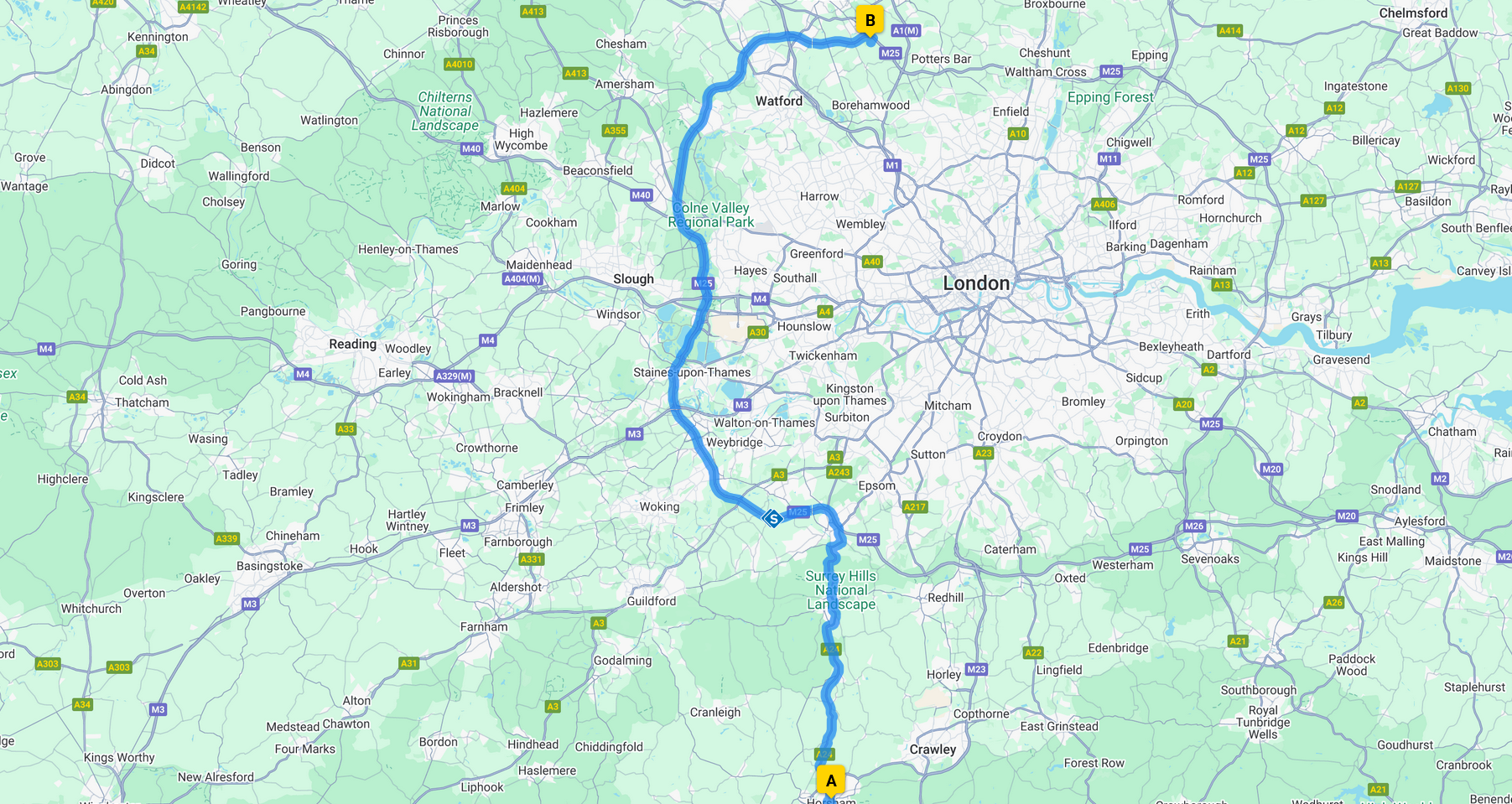Airspeed AS.51 Horsa
The Airspeed AS.51 Horsa was a British troop-carrying glider used during World War II. The Horsa played a significant role in several major operations during World War II, including the D-Day landings and Operation Market Garden.
Design and Development: The Horsa was designed by Airspeed Limited in response to Specification X.26/40, which called for a large assault glider capable of carrying up to 30 fully equipped troops. The design team was headed by aircraft designer Hessell Tiltman and initially worked at the de Havilland technical school in Hatfield, Hertfordshire, before moving to Salisbury Hall, London ColneyThe design team was headed by aircraft designer Hessell Tiltman and initially worked at the de Havilland technical school in Hatfield, Hertfordshire, before moving to Salisbury Hall, London Colney
Production: The initial production of 695 gliders was carried out at Airspeed's factory in Christchurch, Hampshire. Additional production was handled by various subcontractors, including Austin Motors and Harris Lebus, a furniture manufacturer. A total of 3,655 Horsa gliders were built during the war.
Capabilities and Usage: The Horsa could carry up to 30 fully equipped troops or a combination of troops and equipment, such as a Jeep and a 6-pounder anti-tank gun
Variants: The Horsa Mk I and Mk II were virtually identical in appearance and performance, with the Mk II incorporating some design improvements
References
Text generated by Mistral AI
- 1. en.wikipedia.org
- 2. ww2db.com
- 3. reviews.ipmsusa.org





































